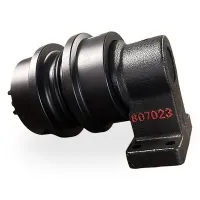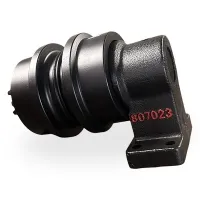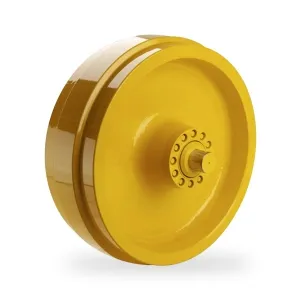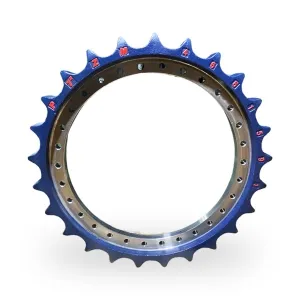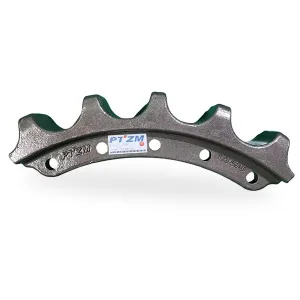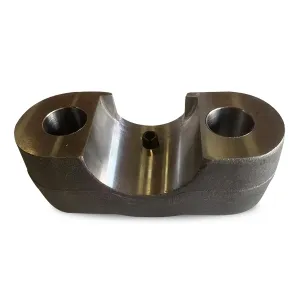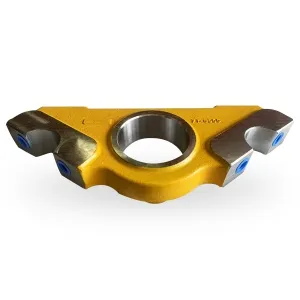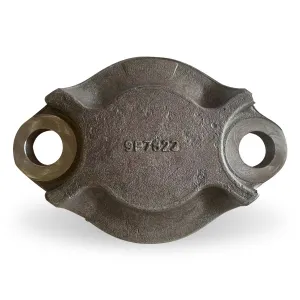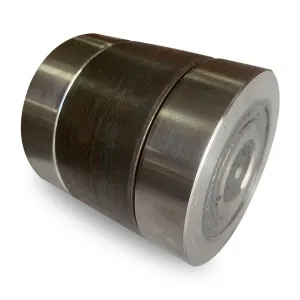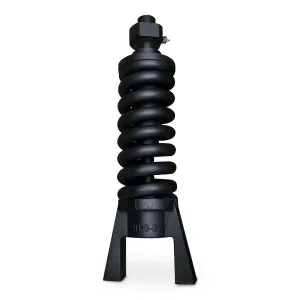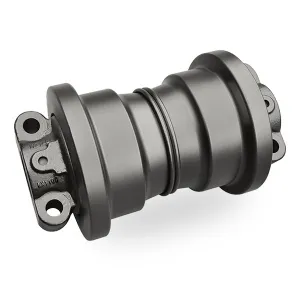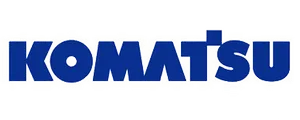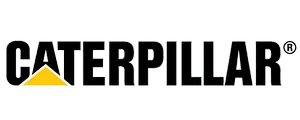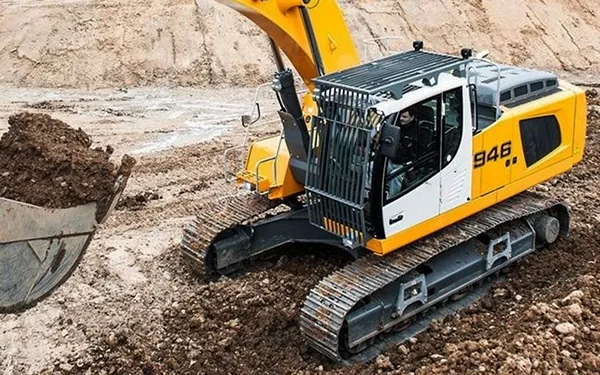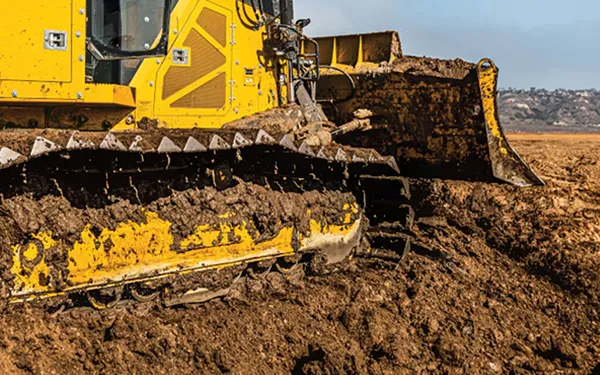PT'ZM manufactures Hitachi aftermarket carrier rollers as an essential support component within the excavator undercarriage system. Each carrier roller is produced using high-strength forged steel and advanced sealing technology, delivering stable performance even under harsh conditions such as dusty construction sites and mining operations. Our Hitachi replacement rollers fully comply with OEM specifications and are available for a wide range of models, from compact and mid-size hydraulic excavators to 250-ton class ultra-large mining excavators.
Excavator Carrier Rollers
Do you supply Hitachi excavator carrier rollers as part of the complete undercarriage system?
Do you supply Hitachi excavator carrier rollers as part of the complete undercarriage system?
Yes. Our product range covers full undercarriage components, including track rollers, carrier rollers, idlers, sprockets, track chains, and track shoes. We supply carrier rollers for multiple Hitachi excavator models such as EX200 (medium excavator), EX300, EX1200 (mining-class excavator), and EX2600 (250-ton ultra-large hydraulic excavator).
Can I replace worn Hitachi carrier rollers without replacing the entire undercarriage?
Can I replace worn Hitachi carrier rollers without replacing the entire undercarriage?
Absolutely. Our Hitachi carrier rollers are available as standalone replacements with precise OEM dimensional matching, allowing you to replace individual components without replacing the full undercarriage system, saving both time and cost. We also provide technical assistance for model selection if needed.
Are aftermarket carrier rollers as durable as OEM parts?
Are aftermarket carrier rollers as durable as OEM parts?
Yes. We use equal or superior materials compared to OEM parts, including high-strength alloy steel, precision heat treatment, and strict manufacturing control. With over 30 years of experience in undercarriage system production, we are capable of delivering aftermarket components that offer outstanding wear resistance, impact strength, and long-term durability even in extreme applications.
What are the key differences between aftermarket undercarriage parts and OEM parts for Hitachi?
What are the key differences between aftermarket undercarriage parts and OEM parts for Hitachi?
- OEM parts are produced directly under Hitachi’s proprietary specifications, ensuring compatibility, precision, and full compliance with strict quality standards. However, OEM parts typically come with higher pricing and longer lead times.
- Aftermarket parts offer a more affordable, readily available solution. Our carrier rollers are made using forged 40MnB2 high wear-resistant boron steel and 42CrMo alloy steel, with surface hardness reaching HRC 48–55, providing excellent durability even in severe operating conditions.
How do you ensure compatibility and fit for Hitachi aftermarket undercarriage parts?
How do you ensure compatibility and fit for Hitachi aftermarket undercarriage parts?
We strictly follow 1:1 dimensional standard for all critical measurements, including installation dimensions, tolerances, and material specifications. Our in-house inspection team performs thorough semi-finished and finished product testing, following standardized quality control procedures to ensure dimensional consistency and performance reliability.
Is it possible to order Hitachi undercarriage rollers in bulk for fleet maintenance?
Is it possible to order Hitachi undercarriage rollers in bulk for fleet maintenance?
Yes. We fully support bulk orders for fleet maintenance, helping minimize downtime due to undercarriage failures. All bulk production batches are controlled under strict quality management, ensuring consistent performance and uniformity across all parts.
Do your Hitachi carrier rollers include high-sealing systems for muddy or mining applications?
Do your Hitachi carrier rollers include high-sealing systems for muddy or mining applications?
Yes. Our carrier rollers are equipped with high-sealing systems specifically designed for muddy, wet, and dusty working environments common in mining and construction. These seals prevent contamination, extend bearing life, reduce maintenance frequency, and ensure stable machine performance under heavy loads and challenging site conditions.






